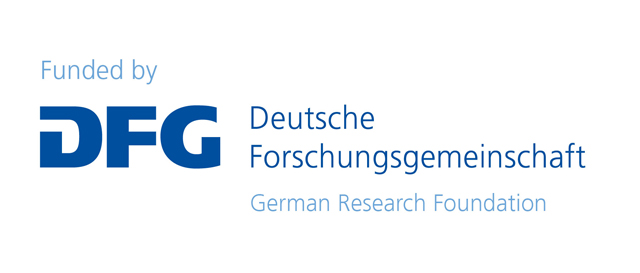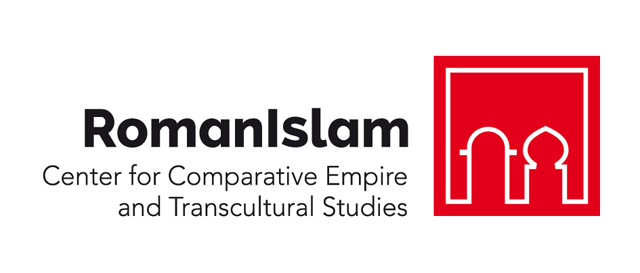Prof. Dr. Alberto José Canto García
May - June 2024

Research Project: Coinages in the Maghreb: The Monetary Policy of the Caliphate of Córdoba
This project focuses on analysing the presence of the Umayyads in the Maghreb through their monetary productions, as a means of expression of their political power, legitimacy and means of propaganda for the Caliphate of Cordoba. The relationship between al-Andalus and the Maghreb was very intense, if we go by the testimonies of written sources and the well-confirmed historical facts (migratory movements, settlements and population displacements, as in the case of Fas, etc...) but the material testimonies have been much more complicated to discern. The subsequent standoff between the Fatimids and the Umayyads in this territory makes this situation even more complex.
As far as numismatics are concerned, Maghrebi coins have a scarce presence in the 8th and 9th centuries in al-Andalus and, only in the case of the Aghlabíd dynasty does there seem to be a greater presence of dinars (something logical given the absence of gold minted in al-Andalus), scarce dirhams and some fulus. The importance of Aghlabid coins can be seen in some of the first Umayyad caliphal gold issues that seem to have been made (by style and epigraphy) by workers of the disappeared Aghlabid dynasty.
All our information about these relations rests on the mere testimony of the coins; With little published information about the finds of the tenth century in the Magheb, the testimony of coins in the name of the Umayyads from African mints, attributed to Africa or from local powers that recognize the Umayyads from Andalusian finds are the only tools of work. In the last forty years, information on African Umayyad workshops has increased significantly, but a global vision is needed.
An update of its mints, series, structure, presence in finds, metallographic analyses... and the articulation between the African broadcasts with the "official" ones of al-Andalus, is indispensable and constitutes the object of this work.
Profile
Prof. Dr. Alberto J. Canto is an archaeologist specialized in medieval Islamic themes in Al-Andalus and, specifically, in the currency of the Umayyad period between the 8th and 11th centuries. His research has focused on medieval Islamic archaeology, coinages and economics and on aspects of technology for the production and analysis of metals. He is currently Senior Lecturer of Archaeology and Numismatics at the Autonomous University of Madrid.
As an archaeologist, he has collaborated with the German Archaeological Institute (Abteilung Madrid) in the projects on the almunia of Rummaniyya (2006-2014) and the Plaza de Armas of madinat al-Zahra (2017-2021), as well as in the direction and collaboration in numerous Spanish projects on madinat al-Zahra.
His numismatic research has allowed him to study and publish numerous finds of Umayyad coins (including some of the most voluminous preserved in Spain) as well as the collections of institutions such as the National Mint Museum, the Royal Academy of History, the Museum of the Alhambra, the Valencia Institute of Valencia de Don Juan in Madrid..., where he directed a project of historiographical documentation on Andalusian numismatic material.
In relation to his research in numismatics, he has developed projects and doctoral theses on mines in al-Andalus and research on the analysis of coins and metal contents of Visigothic and Andalusian coins, collaborating with the European Science Foundation and the National Mint Museum in Madrid.
He is currently collaborating with the National Mint Museum in the reorganization and restructuring of its collection of Islamic coins, both Andalusian and Oriental.
CV
Selected Publications
Canto García, A. J., Jablonska, W. (2024), Moneda islámica no andalusí del Museo Casa de la Moneda de Madrid. Addenda al Catálogo de la moneda andalusí de 2004, Real Casa de la Moneda.
Canto García, A.J., Arnold, F., Vallejo, A.J (2021), La almunia de al-Rummaniyya (Córdoba), Sevilla: Consejería de Consejería de Turismo, Cultura y Deportey Patrimonio Histórico..
Canto García, A. J., Martín Escudero, F. , Jablonska, W. (2020), El hallazgo de monedas califales del parque Cruz Conde (Córdoba), Madrid: Museo Casa de la Moneda.
Canto, A. J., Manzano, E., (2020), “The Value of Wealth: Coins and Coinage in Iberian Early Medieval Documents”, in: Simon Barton and R. Portass (eds.) Beyond the Reconquista: Constructing and Representing Social Power in Medieval Iberia, c. 700-1300, Leiden: Brill, pp. 169-200.
Canto García, A. J., Arnold, F., Vallejo Triano, A., eds. (2019), Munyat ar-Rummānīya. Die Gartenanlagen (Madrider Beiträge 39), Berlin: Deutsches Archäologisches Institut. https://publications.dainst.org/books/dai/catalog/book/118
Canto García, A. J., Martín Escudero, F., Doménech Belda, (2017), “Monedas fatimíes en el hallazgo de dinares de la calle Santa Elena (Valencia, España)”, XV International Numismatic Congress, vol. I, Taormina (Sicilia, Italia), pp. 1083-1088.
Canto García, A. J.: (2012), "Al-Andalus: dinero, monedas y medios de intercambio", Histoire et Archéologie de l'Occident Musulman (VII-Xve Siècle): Al-Andalus, Mahgreb, Sicile), Villa 4, pp. 67-80.
Canto García, A. (2008), El hallazgo de moneda califal de Haza del Carmen, Córdoba.
Canto García, A., Ibn Hafiz Ibrahim, T. (2004): Monedas Andalusíes. La colección del Museo Casa de la Moneda de Madrid, Madrid: Museo Casa de la Moneda.
Canto García, A.; Palou, F.; Tortajada, B. (1988), “Volumes of production of dirhams in al-Andalus during the years A.H. 330 and A.H. 340 as calculated from die-link statistics” Problems of Medieval Coinages in the Iberian Area, 3, (Santarem, 1988), 91-98.


